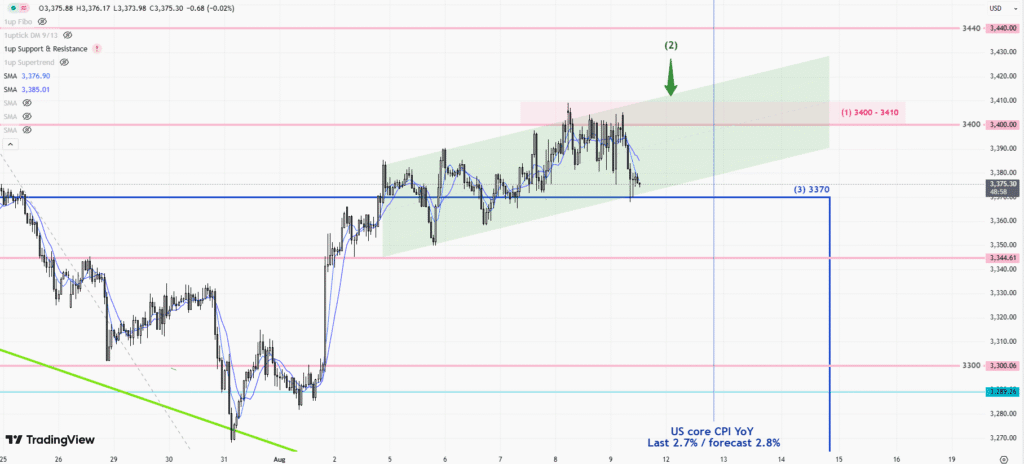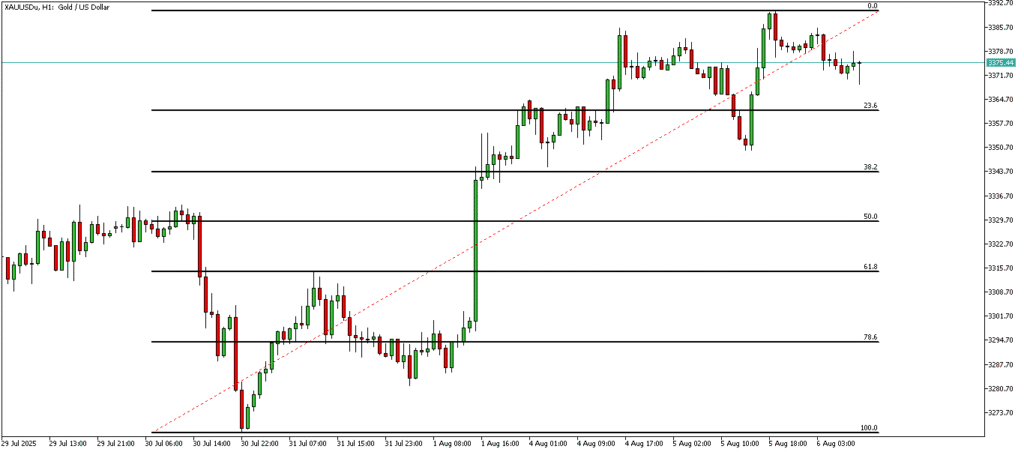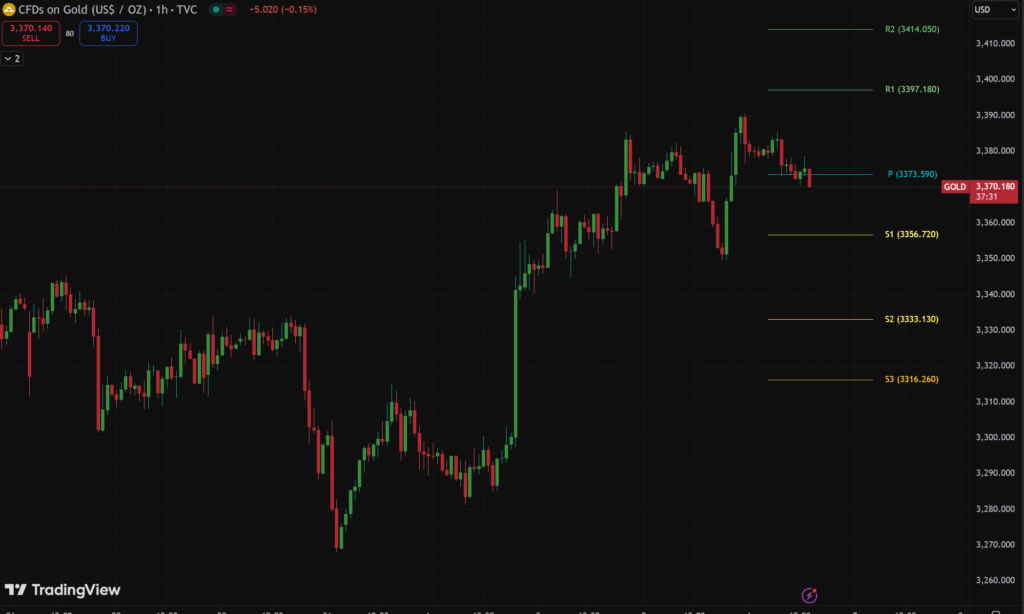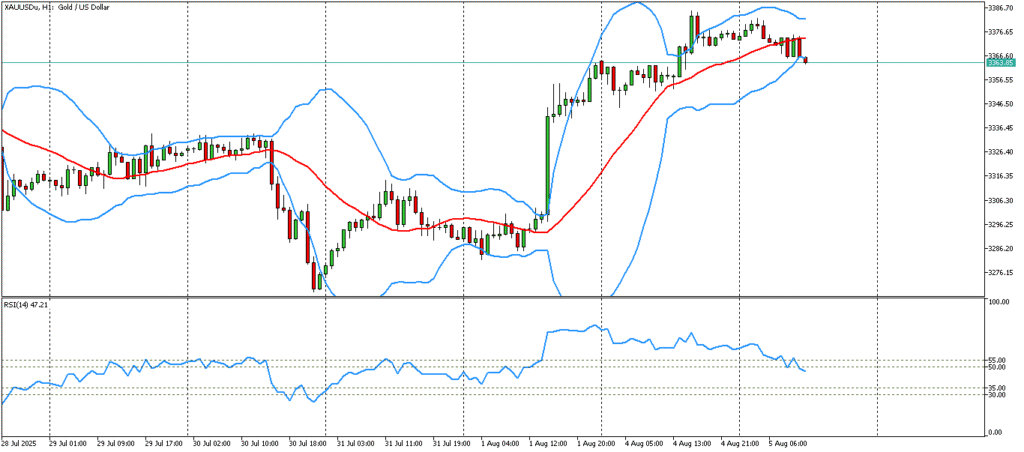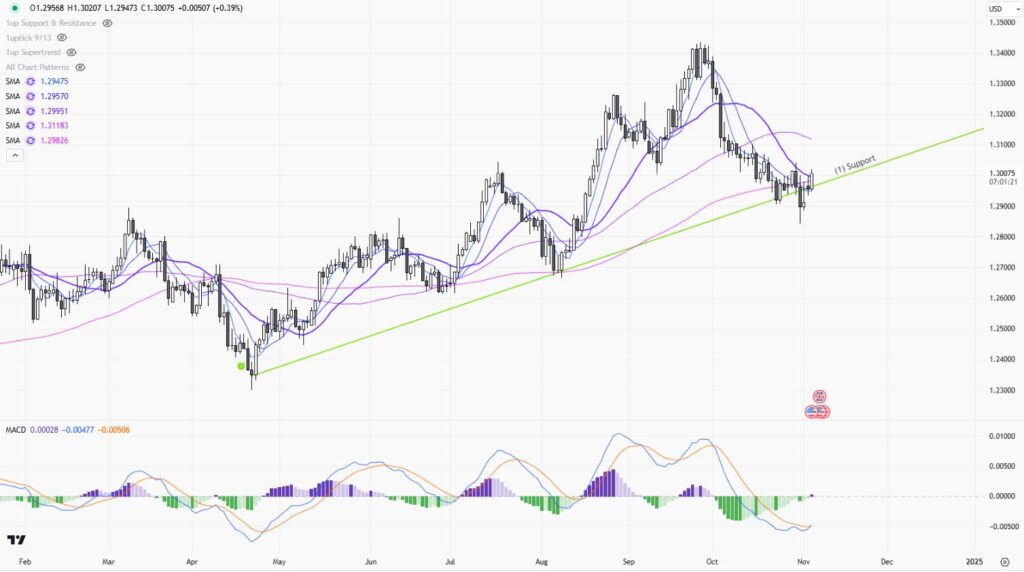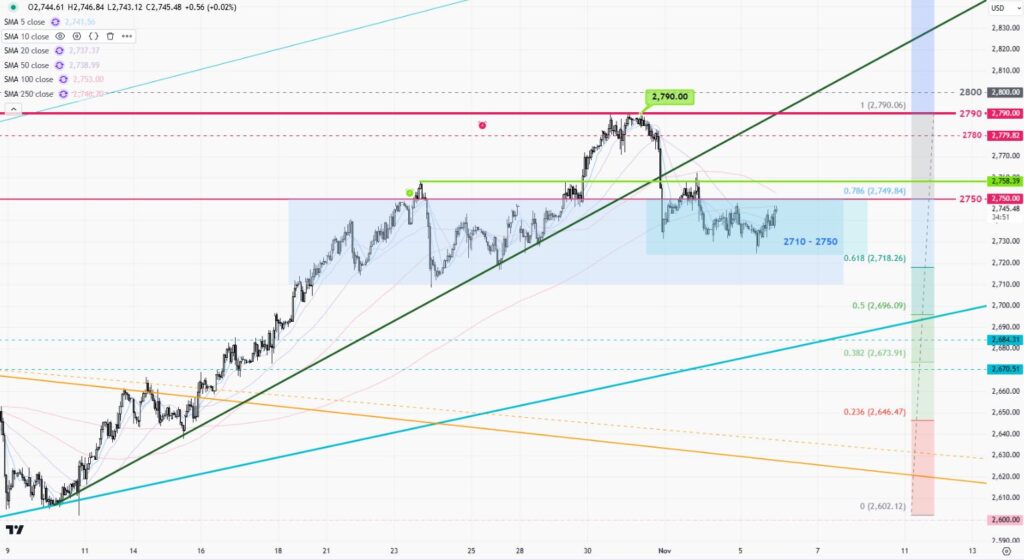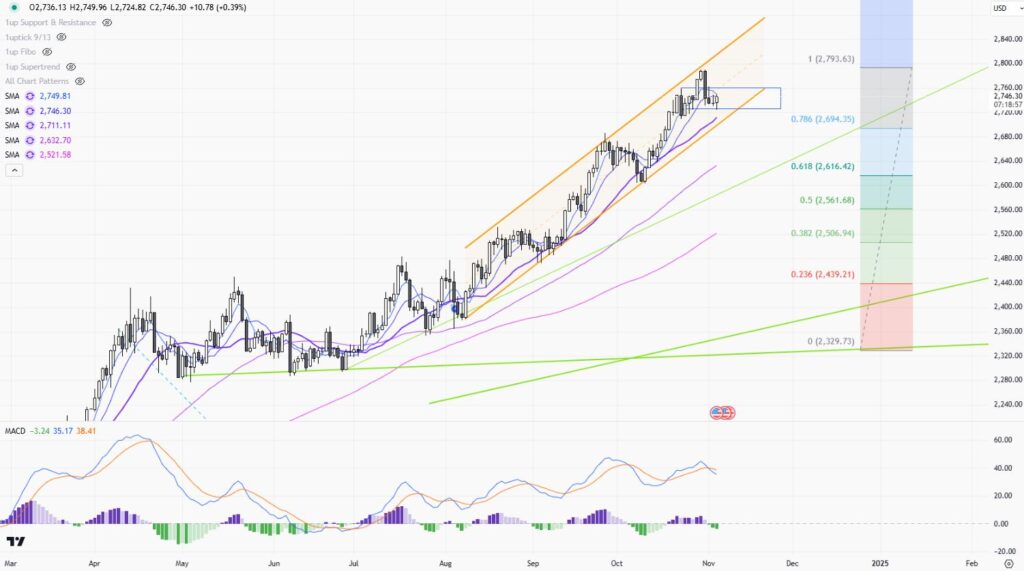 |
| Gold V.1.3.1 signal Telegram Channel (English) |

U.S. Expands Steel Tariffs in 2025: Key Impacts and What Investors Must Know
2025-08-17 @ 15:00
U.S. Expands Steel Tariffs: What Investors Need to Know About the Latest Policy Shift
On August 18, 2025, the United States officially implemented an expansion of tariffs affecting steel and aluminum imports, a move with broad implications for global trade, manufacturing, and the financial markets. For those watching policy developments closely, this marks another chapter in the ongoing tariff saga that’s reshaping international commerce and market sentiment.
Background: Why Are Tariffs Expanding?
The U.S. government announced this expansion with the expressed goal of protecting domestic industries from overseas competition, especially amid persistent concerns about dumping and unfair trade practices by certain countries. The latest measures specifically increase the scope of the Section 232 tariffs—originally established in 2018 by the previous administration—covering now a total of 50 steel-related items compared to the prior list. The expansion also targets more specialized steel products and semi-finished goods, reflecting U.S. policymakers’ belief that gaps in the previous regime allowed for tariff circumvention.
Details of the New Tariff Expansion
- Implementation Date: The new tariffs take effect from August 18, 2025.
- Coverage: The number of steel items under Section 232 tariffs has risen from 24 to 50. This includes not just common steel products but also specialty alloys, pipes, and certain raw materials that previously weren’t subject to tariffs.
- Tariff Rates: Tariffs imposed on the affected steel and aluminum products range from 10% to 25%, depending on the country of origin and product type.
Immediate Market Reactions
Financial markets reacted to the announcement with notable volatility. Stock prices for U.S.-based steel manufacturers generally rose, with investors betting that domestic producers would benefit from decreased import competition and potentially higher profit margins. In contrast, companies that rely on imported steel and aluminum—think automakers, construction firms, and appliance manufacturers—faced pressure amid fears of rising material costs and supply chain disruptions.
Sector Impact: Winners and Losers
- U.S. Steel Producers: Expected to gain short-term pricing power, possibly leading to higher earnings and increased share prices. Several major U.S. steelmakers have already announced their intention to ramp up production to fill anticipated gaps in supply.
- Automotive and Manufacturing: These sectors may see input costs rise, squeezing margins unless the cost increase can be passed onto consumers. Some companies have warned that persistently high tariffs could force them to reassess supply chains or delay investment decisions.
-
Global Exporters: International steel and aluminum producers, especially those in Asia and Europe, now face a steeper barrier to entry in the lucrative U.S. market. Some foreign governments have hinted at possible retaliation—raising the risk of an escalation in trade tensions.
Broader Economic Implications
The expansion of steel tariffs comes at a time when global economic growth is uneven and inflation remains a concern for policymakers. While tariffs can provide a shield for domestic industries, they almost always lead to higher prices for downstream users and potentially dampen broader economic activity. Many analysts remain divided on the long-term effectiveness of protectionist policies, especially as supply chains become more globalized.
What This Means for Investors
For financial market participants, the new tariff regime introduces both opportunities and risks:
- Equity Investors: Domestic steel stocks could outperform in the short run, but industrials and sectors reliant on steel as an input may lag.
- Bond Markets: Companies facing higher costs may see their profit margins contract, which could impact credit ratings and debt issuance patterns.
- Supply Chains and Cost Structures: Firms will need to reassess sourcing, logistics, and pricing strategies. Some may pass costs onto customers; others might absorb them and face reduced profitability.
It’s worth noting that while tariffs provide policy support for certain U.S. industries, history shows that such protections can be temporary. The risk of retaliatory measures and escalating trade disputes is ever-present, creating potential headwinds for both the U.S. and global economies.
Looking Ahead
Policy watchers and investors should prepare for continued uncertainty in the coming months. The expanded tariffs are part of a broader shift in U.S. trade policy, one that signals greater scrutiny of imports and a willingness to intervene in global markets. As stakeholders—from multinational corporations to everyday investors—adjust to these changes, close monitoring of market trends, geopolitical developments, and corporate earnings reports will be essential.
For those investing in affected sectors, diversification and risk management remain critical. Pay attention not just to headline tariff rates, but also to supply chain dynamics and the evolving international response; these factors will likely determine who stands to benefit—and who will face the greatest challenges—in this new era of heightened trade friction.


